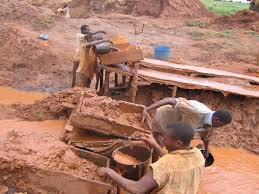A TRIP TO MY ORPHANS

A trip to my orphans was a huge success as we were able to celebrate the yuletide season together. We had Mrs. Remi Togun amongst us. She is the founder of Çhild Afrique. She came equipped and prepared to make us have fun. We hereby thank all friends, donors and well wishers who are attempting their best to make us soar higher. To be part of our activities, email us today at theruralpeople@gmail.com, twitter.com/theruralpeople, facebook.com/theruralpeople, linkedIn.com/theruralpeople, instagram.com/theruralpeople and make your comments on our blog theruralpeople.blogspot.com.





